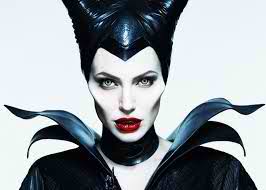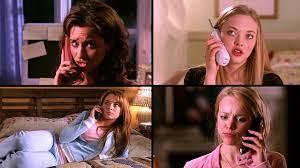It is a French word taken from the theatre meaning 'placing on stage' or the stuff in the frame and the way it is shown/arranged.
Elements-
Elements-
- Set design refers to the decor of the set or how it's dressed, comprising mainly of the furniture,props and set itself. Instead of just placing objects here and there, these elements need to bear significance in a deeper level, emphasizing on themes, creating meanings and provoking thoughts.
- Production designer is a professional responsible for building and dressing the set. Works with the art director, the set designer and the prop master to create and add physical elements to the filmic space.
- Iconography. It will be mentioned in a certain part of set design to create a specific meaning to the audience. Eg: buildings and landmarks helps audience to know that it is a particular place.
- Location props. Props can also add traditional information about the location and time period of the action.
- Make up reveals the character traits and signal changes in character.
- Costume simply refers to the clothes that the character wears. Using certain colours or designs, costumes in narrative cinema are used to signify characters or to make clear distinctions between characters.
- Character props provides additional information about the character itself or the action taking place. It can be added to a person's clothing for more detail or simply be put in the person's hand.
- Lighting. The intensity direction, and quality of lighting can influence an audience's understanding of characters, actions, themes and moods. High key lighting is a lighting scheme in which the fill light is raised to almost the same level as the key light. This produces images that are usually very bright and that feature few shadows on the principle subjects. Low key lighting is a lighting scheme that employs very little fill light, creating strong contrast between the brightest and darkest parts of an image and often creating strong shadows that obscure parts of the principle subjects.
- Space. The representation of space affects the reading of a film. A film utilises deep space when significant elements of an image are positioned both near to and distant from the camera.Deep Space is often used to portray large distances. Significant elements of an image are positioned both near to and distant from the camera.In Shallow Space, the image appears flat or two dimensional because there is little or no depth. Shallow space gives the feeling that there is little or no distance between the forefront of image and what is behind it.










No comments:
Post a Comment